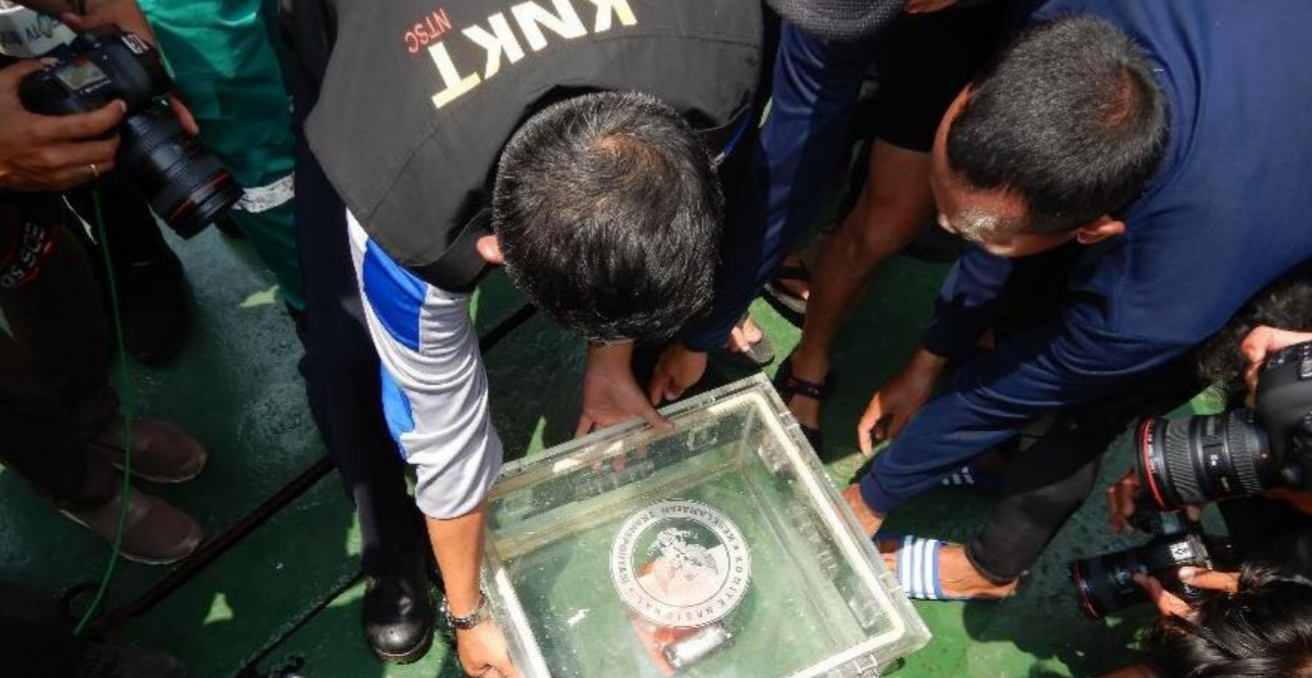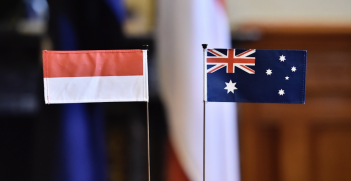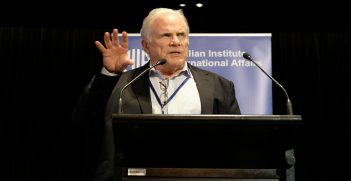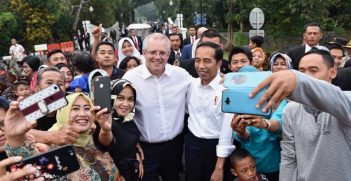Travelling Safe: ATSB Capacity Building in the Asia-Pacific

An independent transport safety investigation authority is key to underpinning a safe and efficient transport industry. This, in turn, is fundamental to the economic success of any nation.
In Australia, the national independent transport safety investigation agency is the Australian Transport Safety Bureau (ATSB), which has a vision is to “stop accidents,” and a mission to “drive safety action in a rapidly changing transport environment.” Regionally, the ATSB also has an important role to play in supporting capacity building for other national independent transport safety investigation authorities in the Asia Pacific region.
The role of the ATSB
The ATSB is an independent Commonwealth Government statutory agency. The ATSB is governed by a commission and is entirely separate from transport regulators, policy makers, and service providers. The Bureau’s commission constitutes a full-time commissioner and three part-time commissioners. The ATSB’s function is to improve safety and public confidence in the aviation, marine, and rail modes of transport through excellence in independent investigation of transport accidents and other safety occurrences; safety data recording, analysis, and research; and fostering safety awareness, knowledge, and action.
The ATSB was established by the Transport Safety Investigation Act 2003 (TSI Act) and conducts its investigations in accordance with the provisions of the Act. Under the TSI Act, it is not a function of the ATSB to apportion blame or provide a means for determining liability. The ATSB does not investigate for the purpose of taking administrative, regulatory, or criminal action.
The ATSB’s staff (approximately 100) includes about 60 aviation, marine, and rail transport safety investigators. Most are based in Canberra. Field offices are located in Brisbane, Adelaide, Melbourne, Sydney, and Perth.
International cooperation and regional capability building
The ATSB is committed to close engagement with its international counterpart agencies and relevant multilateral organisations. Australia’s reputation for high quality and rigorous investigations makes it uniquely placed to assist transport safety in the Asia Pacific region. Over the last 25 years, Australian investigators have assisted our regional neighbours in a number of complex investigations.
The strategic intent of the ATSB’s program of regional engagement is to improve transport safety for the benefit of our regional neighbours and the Australian travelling public. ATSB assistance is directed at helping our regional neighbours strengthen their transport safety capability and to meet their international obligations related to transport safety. In line with Australian Government policy, the ATSB places a specific emphasis on engagement with Indonesia and Papua New Guinea.
Principles underlying the ATSB’s regional engagement
The philosophy underpinning the ATSB’s regional engagement is one of cooperation and mutual respect. The ATSB carries its out regional engagement work in a way that is unbiased, open, and accountable. The ATSB does not have an “agenda.” The Bureau works with counterpart agencies to develop programs that are mutually beneficial and that accord with the policies of both Australia and the partner state.
The ATSB acknowledges the experience, knowledge, and capability that exists within other states in the region, often in spite of their limited resources. The ATSB works cooperatively to develop programs that take appropriate account of local conditions and sensitivities.
Improvements that last
A key principle of the ATSB’s program of regional engagement is that, to the greatest extent possible, activities are aimed at capability building rather than service provision. That is, rather than “doing things,” the aim is to help our partner agencies develop the capability to “do those things.”
The ATSB’s regional assistance program acknowledges that sustainable capability building is a long-term process. Sometimes there will be quick gains, but often the results are incremental over time. While capability building must be guided by milestones along the way, it is also a journey where both the ATSB and the counterpart agency commit resources in partnership over an extended period of time.
Australia-Indonesia cooperation
In March 2007, a Garuda Indonesia Boeing 737 overran the runway while attempting to land at Yogyakarta Airport in central Java. The accident claimed 21 lives, with others receiving serious injuries. Five of those who lost their lives were Australians.
This tragic accident lead to the development of the Australian Government’s Indonesia Transport Safety Assistance Package (ITSAP). Under ITSAP, Australia has worked closely with the government of Indonesia to develop a package of measures to address areas identified by Indonesia as its key transport safety priorities.
The main elements of the ATSB’s contribution to ITSAP have been to deliver training and support for investigators from the ASTB’s Indonesian counterpart agency, the National Transportation Safety Committee (NTSC). This includes the ATSB providing staff dedicated to various capacity building projects, funding ATSB training courses in Indonesia and Australia, and providing opportunities for aviation, marine, and rail investigators to work with their ATSB counterparts for extended periods. The cooperation between the ATSB and the NTSC is one of the key elements in ensuring lasting transportation safety for the people of Indonesia and Australian travellers to Indonesia.
ATSB-NTSC success story
One area that highlights the success of the ATSB-NTSC ITSAP program is the establishment of an NTSC technical laboratory for the download and analysis of transport data recorders such as aircraft “black box” cockpit voice recorders (CVRs) and flight data recorders (FDRs). This capability is a crucial aspect of many transport safety investigations and few countries in the Asia-Pacific region have the ability to carry out this type of work.
On 29 October 2018, a Lion Air Boeing 737 MAX aircraft was lost in the sea near Jakarta shortly after take-off. All 189 passengers and crew died in the crash. The Lion Air accident captured worldwide attention and all eyes were on Indonesia and the NTSC.
Under significant scrutiny and pressure, the NTSC recovered the CVR and FDR from the aircraft wreckage and transported the units to the NTSC technical analysis facility in Jakarta. There the data from the units was successfully downloaded and analysed, providing crucial evidence for the investigation of the accident.
The Lion Air 737 MAX investigation clearly demonstrated the technical ability that the NTSC had developed under the ATSB-NTSC program of cooperation and capability building. This was a clear demonstration of the value of Australia’s continuing contributions to improving transport safety across the Asia Pacific.
Greg Hood is the Chief Commissioner and Chief Executive Officer of the Australian Transport Safety Bureau. In his time as Chief Commissioner, Greg has overseen a number of significant transport safety investigations and report releases across the three modes of aviation, rail, and maritime. Greg is also Chair of the International Transportation Safety Association.
This article is published under a Creative Commons Licence and may be republished with attribution.





